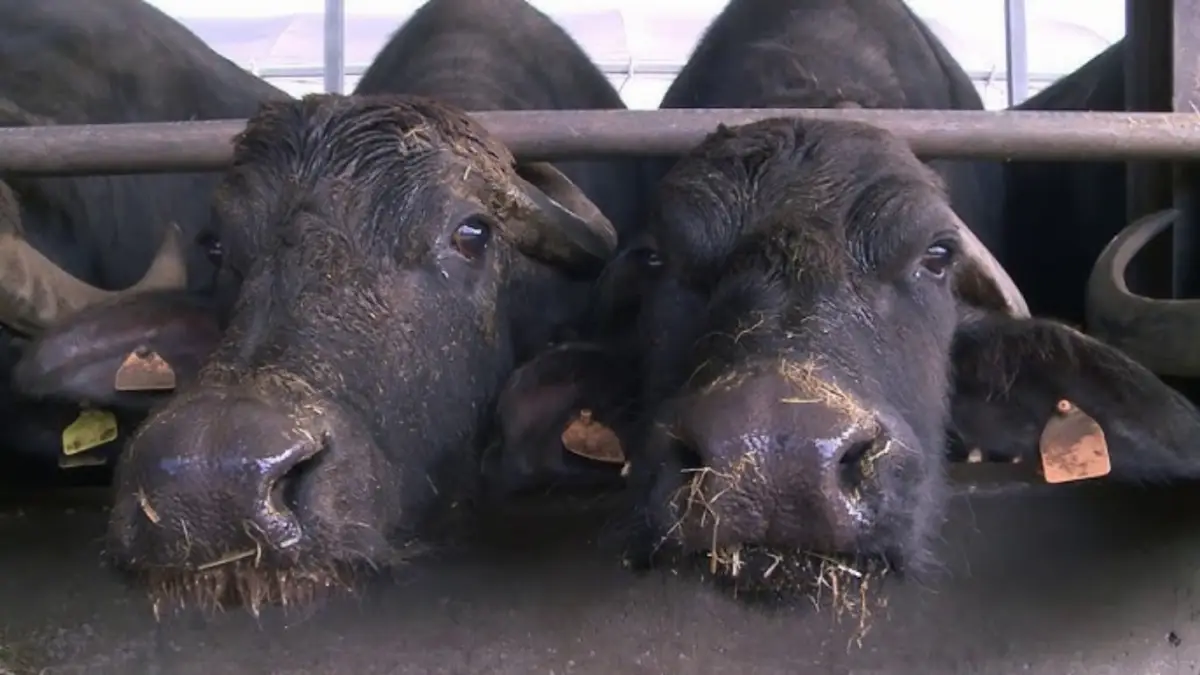
Foot-and-mouth disease: first outbreak in Europe in 14 years
Disease in a farm in Germany, where no cases had been found since 1988

After 14 years, foot-and-mouth disease is back in Europe. An outbreak has been detected on a buffalo farm in the Märkisch-Oderland region of Brandenburg. The announcement was made on Friday, January 10 by the World Organisation for Animal Health (WOAH), and was later confirmed by the Friedrich-Loeffler-Institut (FLI).
Local German authorities have taken control and protection measures, a statement from the Fli said. Further tests are underway at the Fli to determine the exact nature of the virus. An Fli team is supporting the outbreak investigation on the ground.
Foot-and-mouth disease is not a zoonosis, that is, it is a purely animal disease and cannot be transmitted to humans. It is a highly contagious viral disease, especially among ungulates (cattle, sheep, goats and pigs), but it can also affect many wild animals or those kept in zoos.
Although there are very strict international regulations for the prevention and control of foot-and-mouth disease, there is no treatment for infected animals. If even one animal on a farm is infected, all other livestock must be slaughtered and disposed of.
The last outbreak of foot-and-mouth disease in Germany occurred in Lower Saxony in 1988, while the last outbreak in Europe was reported in Bulgaria in 2011. Before that, the United Kingdom had been hit by a major epidemic, which then spread to France, Ireland and the Netherlands.
The FMD virus remains endemic in Turkey, the Middle East and Africa, many Asian countries and parts of South America. Illegally imported animal products from these countries pose a constant threat to European agriculture.
EFA News - European Food Agency